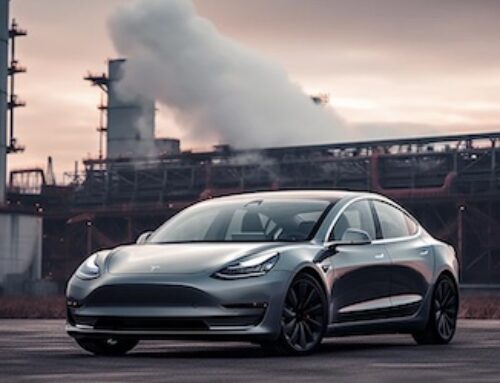Table of Contents
- Traditional fossil fuels
- Electric vehicles: A class of their own
- Biodiesel: Powering your car with nature’s goodness
- Ethanol: An agricultural fuel
- Hydrogen: The fuel of the future?
- Natural gas: Tapping into cleaner energy
- Propane or LPG: Driving with liquefied petroleum gas
- Renewable diesel: A new frontier
- Using alternative fuel in my car
- Converting your car to alternative fuels
- Frequently Asked Questions
Isn’t it exciting to be alive in a time of such rapid innovation? The automobile industry is undergoing a major transformation, with the focus shifting from traditional fossil fuels like gasoline and diesel to more sustainable alternatives. We’re going to take a closer look at what are alternative fuels, including electric cars, biodiesel, ethanol, hydrogen, natural gas, propane, and renewable diesel. This journey will enlighten you about the diverse energy sources that could be powering your vehicle in the not-so-distant future!
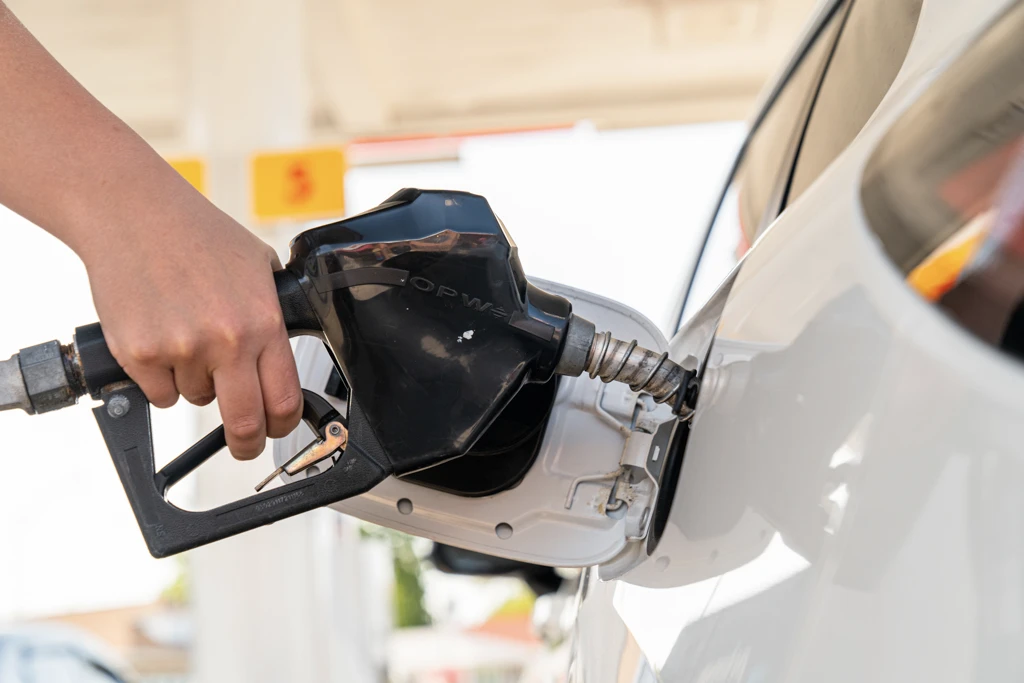
Traditional fossil fuels
Right now, the majority of vehicles on the road use either gasoline or diesel. Gasoline is the most common, and it’s available in different octane levels to suit different engine needs. Diesel, meanwhile, is used mainly in larger vehicles and trucks thanks to its high energy content and fuel efficiency. But the fuel landscape is diversifying and cleaning up its game! More and more, we’re seeing alternative fuels come into play. There’s ethanol, made from crops like corn, and biodiesel, made from vegetable oils or animal fats. Then we have natural gas and propane, both cleaner-burning options. And let’s not forget about the fast-moving world of electric vehicles that run on electricity! So, while gasoline and diesel are still the main players, vehicle fuel in the future looks diverse and green.
Electric vehicles: A class of their own
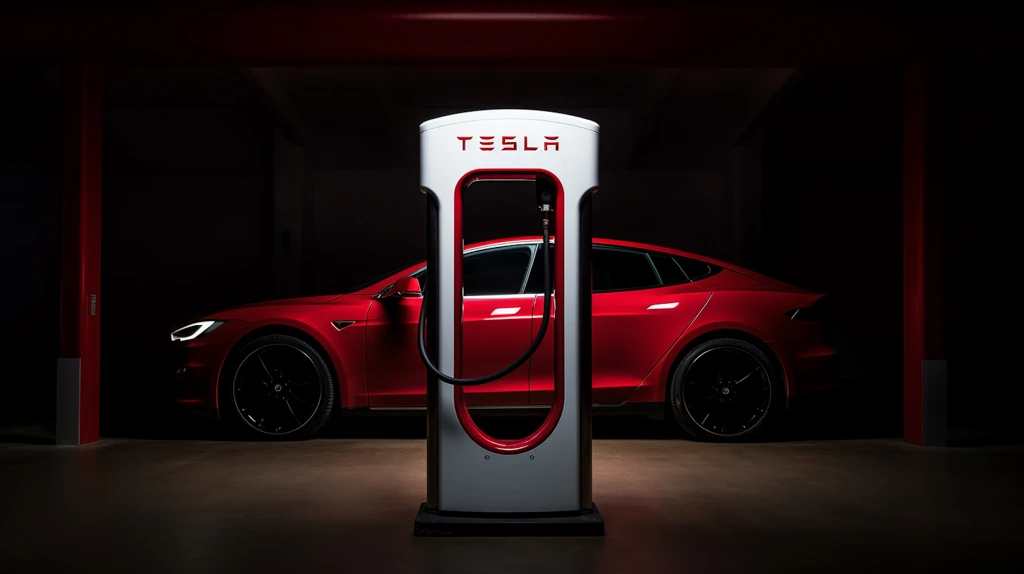
Let’s kick things off with electric vehicles (EVs). But it’s important to note that they’re not just regular cars running on a different type of fuel. No, they’re a whole new type of technology! Instead of an internal combustion engine, EVs use electricity stored in a battery pack to power an electric motor. They’re charged up at electric charging stations (or even at home), eliminating the need for traditional fuel altogether. With their whisper-quiet operation and instant torque, EVs are reshaping our roads and our expectations of what a car can be.
They have some serious advantages over traditional gas cars producing zero tailpipe emissions and offering lower operating costs compared to traditional gas vehicles, making them an excellent choice for environmentally and budget-conscious drivers. Although it’s important to note that the electricity they use could be produced by traditional fossil fuels, as the ultimate source of their power can vary.
It’s also crucial to consider the charging infrastructure and range limitations that come with electric cars. But advancements in technology and the growing network of charging stations are making electric vehicles more accessible and convenient than ever before.
Biodiesel: Powering your car with nature’s goodness

Now, let’s switch gears and look at biodiesel. Derived from natural renewable resources such as vegetable oils and animal fats, this fuel offers a renewable and eco-friendly alternative to conventional diesel fuel. One of the most significant advantages of biodiesel is its reduced emissions, as it emits lower levels of harmful pollutants compared to petroleum-based diesel. It also helps your engine run smoother for longer as it’s more lubricating than traditional diesel fuel, preventing moving parts in the fuel system from wearing out prematurely.
But the main beauty of this fuel lies in its compatibility with existing diesel engines. You can seamlessly use a biodiesel blend in your diesel-powered car without any modifications, although it’s important to check in your manufacturer’s handbook what blends are suitable for your vehicle. It’s blended with petroleum diesel in various ratios, depending on the desired performance and environmental impact. However, it’s essential to note that colder temperatures can affect its performance as it can thicken in the cold.
Ethanol: An agricultural fuel
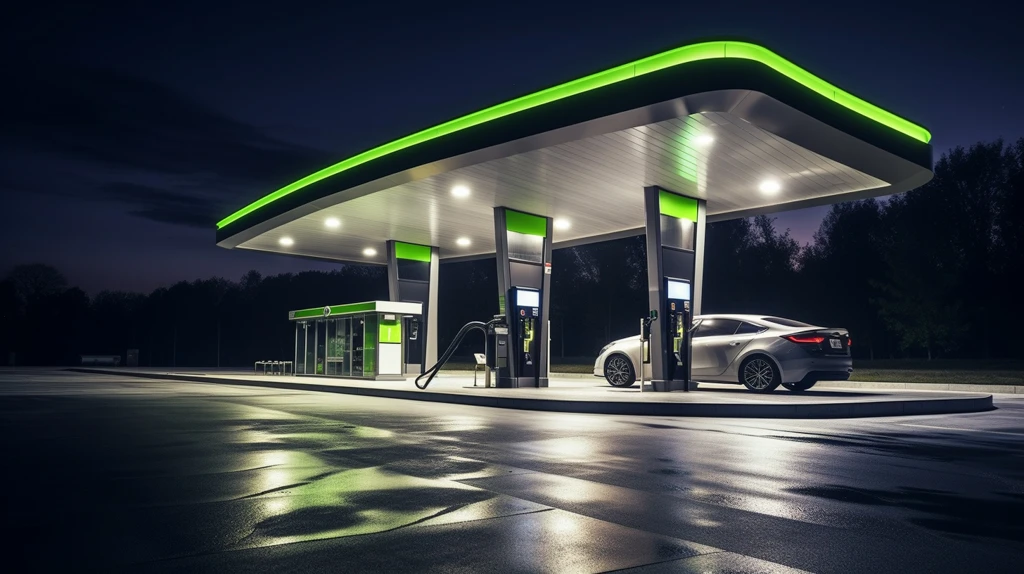
Next up, we have ethanol—a fuel that surprisingly comes from the cornfield. Ethanol is an alcohol-based fuel made from crops like corn, which means it’s renewable and reduces our dependence on oil. This fuel is an exciting alternative to gasoline, thanks to its potential environmental benefits. Compared to traditional gas, ethanol emits fewer greenhouse gases, reducing your car’s carbon footprint.
One fascinating aspect of ethanol is its compatibility with flex-fuel vehicles. These vehicles (which include many modern cars) are designed to run on various ethanol blends, allowing you to choose the appropriate blend based on availability and your vehicle’s specifications. In fact, in some parts of the world, cars that take these blends are the norm.
Ethanol-blended fuels can range from E10 (10% ethanol and 90% gasoline) to E85 (up to 83% ethanol and 17% gasoline), offering flexibility at the pump. However, it’s important to consider its energy content, as it contains less energy per gallon than gasoline, resulting in slightly lower fuel economy.
Hydrogen: The fuel of the future?
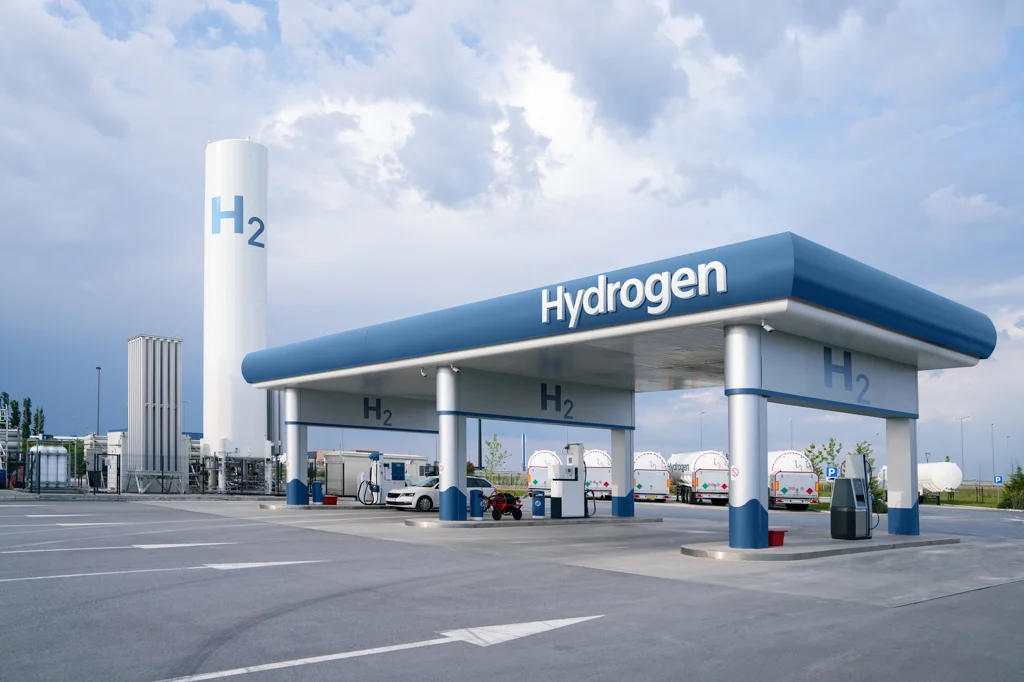
Now, let’s blast off into the future with hydrogen fuel cells. Hydrogen is a clean, versatile, and abundant fuel source that has the potential to revolutionize the automotive industry. These cutting-edge vehicles use hydrogen gas in fuel cells that n produces electricity to power the vehicle, emitting only water vapor as a byproduct. This means zero emissions and a significantly reduced carbon footprint. It sounds like science fiction, but it’s real—and potentially revolutionary.
Fuel cell vehicles have long-range capabilities and quick refueling times, so these vehicles offer a compelling alternative for the environmentally conscious driver. However, hydrogen vehicles face significant hurdles, such as the lack of hydrogen refueling stations and the challenge of storing and transporting hydrogen. But if these issues can be overcome, hydrogen could propel us into an exciting, clean-energy future.
Natural gas: Tapping into cleaner energy
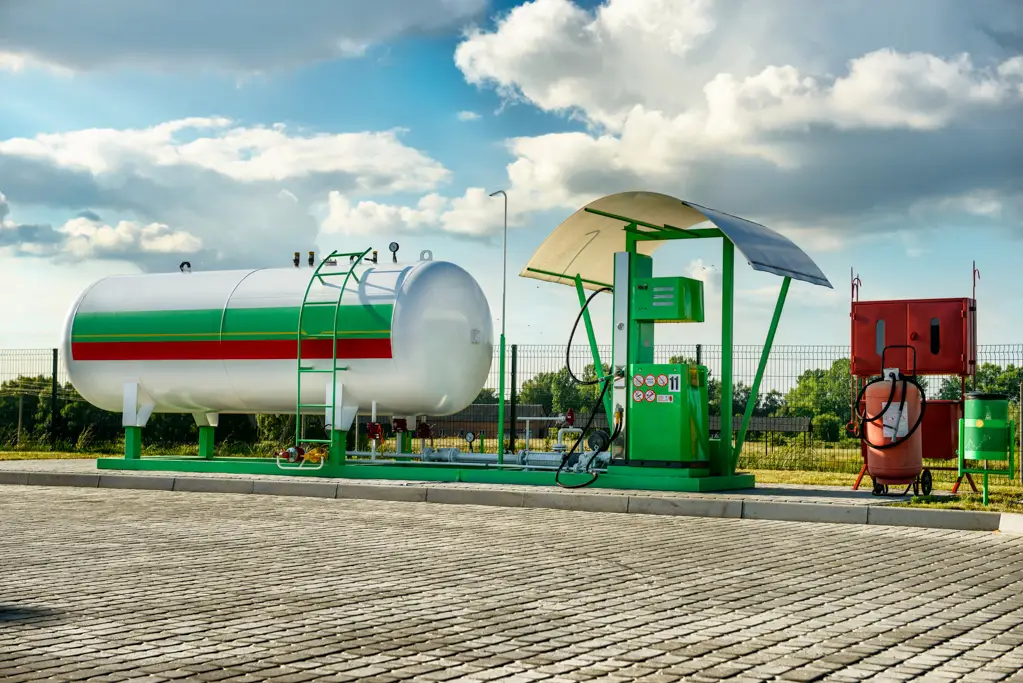
Next, we have a low-carbon alternative fuel that is gaining momentum for centrally fueled fleets as a transportation fuel. Natural gas vehicles (NGVs) run on compressed natural gas (CNG) or liquefied natural gas (LNG), both of which offer environmental advantages over traditional gasoline or diesel vehicles. NGVs emit fewer greenhouse gases and pollutants than gas or diesel-powered vehicles, contributing to cleaner air and reducing the impact on our planet.
The difference between CNG and LNG vehicles is that LNG vehicles have a longer range as more fuel can be stored in liquid form than gas form. But all NGVs benefit from lower fuel costs and reduced maintenance requirements. With an increasing number of refueling stations, natural gas is also becoming a viable option for everyday motorists.
Propane or LPG: Driving with liquefied petroleum gas
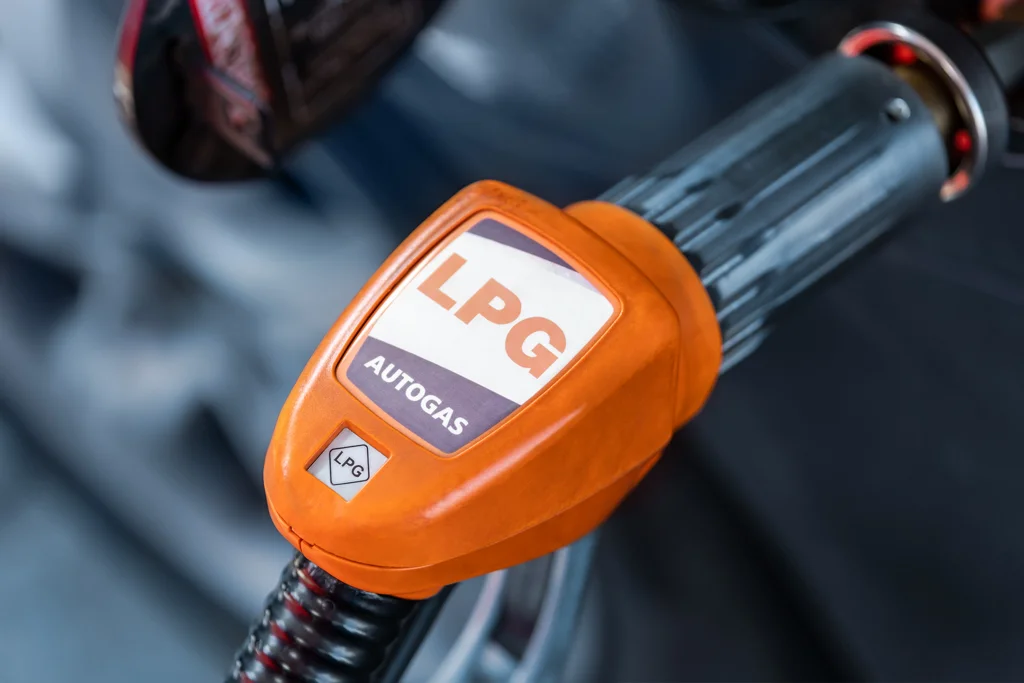
Liquefied petroleum gas (LPG) is also considered an alternative fuel and may emit fewer greenhouse gases and pollutants compared to conventional gasoline, although this depends on the type and age of the vehicle. One of the advantages of LPG is its accessibility. You can convert your gasoline vehicle to run on propane, and there are also bi-fuel models available, which can run on both propane and gasoline. While less fuel efficient than many other options, LPG is a cheaper fuel, making it a popular choice for school buses, vans, and other heavy-duty vehicles.
Renewable diesel: A new frontier
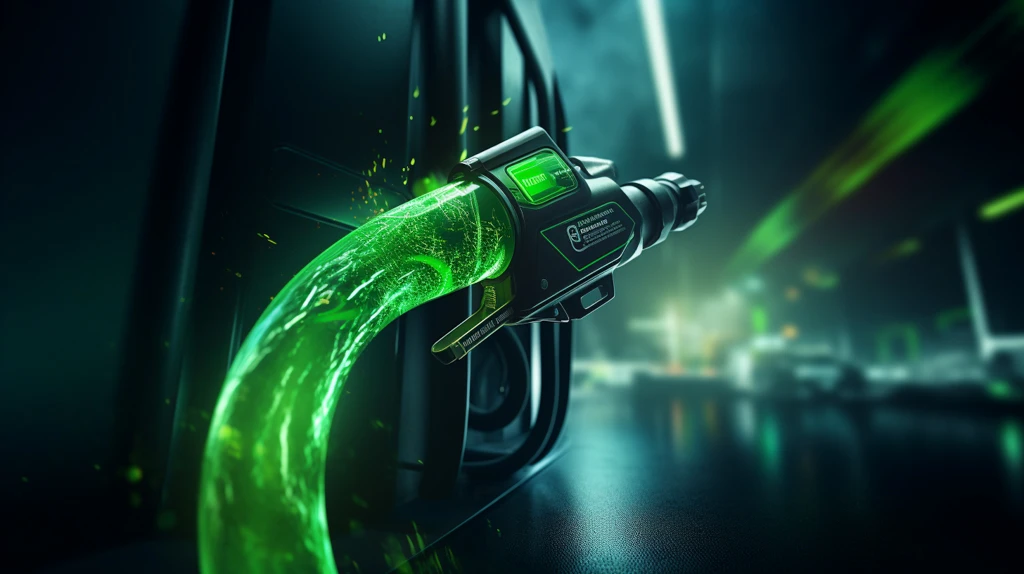
Last but not least, let’s talk about renewable diesel. Made from renewable resources like fats and oils like soybean or canola oil, renewable diesel is processed to be chemically identical to petroleum diesel but with fewer harmful emissions. It can be used as a replacement fuel or blended with traditional diesel, offering flexibility for drivers and fleets. Plus, it’s a fantastic way to reduce our carbon footprint. However, it shouldn’t be confused with bio-diesel, as it’s been more heavily processed, allowing it to completely replace regular diesel, unlike its bio-cousin, which has to be blended.
Using alternative fuel in my car
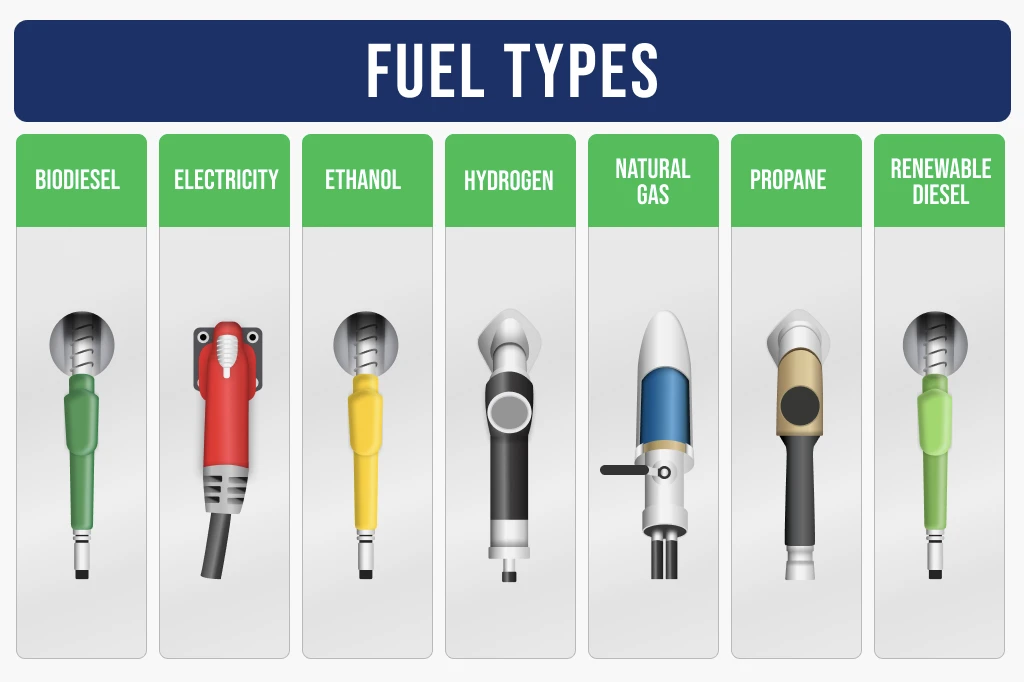
So if all this talk of alternative fuel has got you interested in the topic, how can you use it in your car?
Flexible fuel vehicles
You may already be able to use ethanol in your car, but you didn’t know it! Flex-fuel vehicles, as they’re often called, are actually more common than you think. These cars are designed to run a blend of gasoline and ethanol. These cars can usually take E85, which is a mixture of up to 85% ethanol and 15% gasoline. This makes them a more environmentally friendly choice, as ethanol is a renewable fuel made from plants. But here’s the best part: if you can’t find E85 at the pump, no worries! Flex-fuel vehicles can also run on regular gasoline, giving you the flexibility to choose the best fuel option. You can check if your car is flex-fuel on the US Department of Energy Fuel Economy website.
Don’t let the best tire deals & tips roll by!
Sign up for our newsletter
Converting your car to alternative fuels
Converting your car to run on alternative fuels may be possible, and the type of conversion will depend on the alternative fuel you’re interested in. If you’re thinking about biodiesel, you’re in luck. Many diesel engines can run on biodiesel with little to no modifications. In some cases, you might need to swap out some rubber parts for ones that can handle biodiesel’s cleaning properties, but it’s generally a straightforward process. On the other hand, if you’re considering something like CNG, LNG, or propane, the conversion is a bit more involved. These systems require a separate fuel storage tank and delivery system, which can be complex to install. It’s also important to note that these conversions should be done by professionals to ensure safety and efficiency.
Regardless of the type of conversion, remember to check local regulations—some areas have strict rules about vehicle modifications. And always weigh the costs and benefits. While alternative fuels can be great for the environment, the conversion process can be costly and time-consuming. But it can be a worthwhile endeavor if you’re passionate about reducing your carbon footprint and possibly saving money in the long term.
Frequently Asked Questions
What are 5 alternative fuels?
Five alternative fuels are biodiesel, ethanol, hydrogen, natural gas, and renewable diesel. They are a fantastic way to reduce our carbon footprint and are becoming more popular:
- Biodiesel is made from vegetable oils, animal fats, or recycled restaurant grease. It’s compatible with many diesel engines as a blended fuel.
- Ethanol is made from crops like corn and sugarcane and can be blended with gasoline to power flex-fuel vehicles.
- Hydrogen is used in fuel cell vehicles to create electricity which powers an electric motor, with water vapor being the only emission.
- Natural gas comes in liquid and gaseous form and burns cleaner than gasoline and diesel, reducing emissions.
- Renewable diesel is made from fats and oils and is chemically identical to petroleum diesel, but much more sustainable.
What is an example of alternative fuel?
One excellent example of alternative fuel is ethanol fuel. This fuel is alcohol based and is made from corn. It can be blended with traditional gasoline to power flex-fuel vehicles and is sold by the blend name, such as E10, E15, or E85, with the higher number indicating the higher concentration of this cleaner fuel.
What is the most commonly used alternative fuel in use today?
The most commonly used alternative fuel today is natural gas, which has emerged as a leader in the alternative fuel sector. In fact, it accounts for around 30% of all energy in the US—although less than 1% of that is powering vehicles, according to the US Department of Energy Alternative Fuels Data Center.
What type of fuel do you put in a car?
The type of fuel you put in a car depends on the vehicle’s engine. Most cars on the road today use either gasoline or diesel fuel. Gasoline is the most common and comes in several octane levels to suit different engines. Diesel, on the other hand, is often found in larger vehicles like trucks. Increasingly there are more fuel options, from electric cars, which you plug in, to cars that run on alternative fuels like propane gas or biofuel made from various types of biomass. Always remember to check your vehicle’s manual or the fuel door for the manufacturer’s recommended fuel type to keep your car running smoothly.
Will using alternative fuels in my car help reduce greenhouse gas emissions?
Yes, using alternative fuels in your car can help reduce greenhouse gas emissions. Many alternative fuels burn cleaner than traditional gasoline or diesel, resulting in fewer emissions. Electric cars, which are powered by electricity (an alternative energy source), produce zero tailpipe emissions. Even hydrogen fuel cell vehicles only emit water vapor! It’s also worth noting that many alternative fuels are derived from renewable sources, like corn or animal fat, which helps reduce our dependency on fossil fuels.


